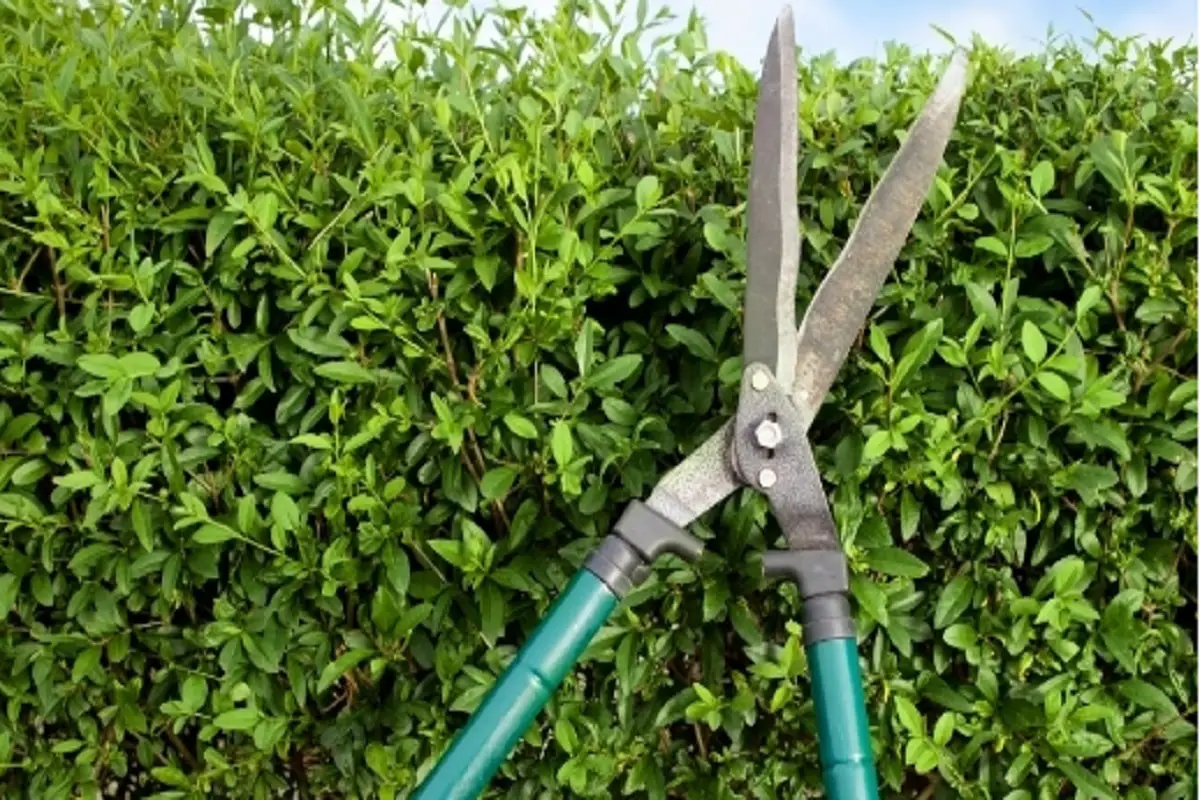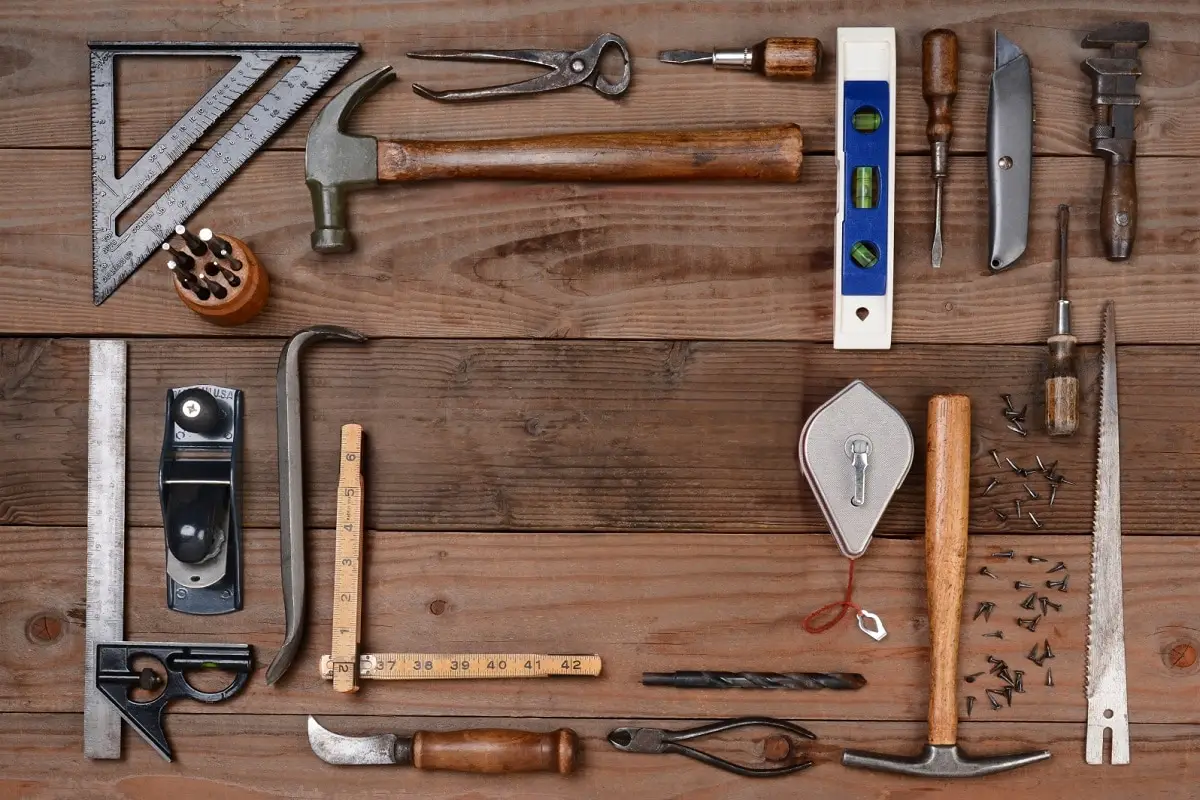There are many uses for cut-resistant gloves. They can be used to protect the hands from cutting hazards or to help perform difficult tasks with ease and comfort. Each job or task will use different types of tools to get the project complete, but can also cause hand injuries. So, what tools do cut-resistant gloves protect against? We discuss this below.
Tools That Cut Resistant Gloves Protect Against
Machinist’s Tools
There are many uses for cut-resistant gloves. You can use these gloves to protect your hands from cutting hazards or help perform difficult tasks with ease and comfort. Each job or task requires different tools to complete the project. Without some form of protection, hand injuries can occur. So, from what dangerous tools do cut-resistant gloves protect you? We discuss this below.
Machinists are specialist machine operators who produce precision metal parts. They are trained professionals with years of trade experience in machining. Often, machinists work in factories or foundries that manufacture machine tools. These jobs include CNC mills, sheet metal forming, and other machining operations. Machinists work with many tools that can cause significant injuries to the hands, including cuts. Many of these include:
- Lathe
- CNC milling machine
- Phillips and flathead screwdrivers
- Automatic center punch
- Power drills and bits
- Tap & die
- Handheld files
- Grinding wheel
- Deburring wheel
- Belt sander
Machinists work in solid and liquid mediums; they manipulate tools and dielectric fluids to shape parts and perform other machining operations. A machinist usually performs turning, sawing, punching, drilling, and grinding operations while working inside the machine room.
Machinists typically work long hours and may suffer from fatigue and concentration lapses. Most employers will require their machinists to wear cut-resistant gloves to ensure safety in the workshop.
Gardening Tools

Gardening can be a relaxing activity for people of all ages as a form of exercise or simply to enjoy the warm weather outside. However, you can still injure your hands while gardening using any of the following tools:
- Plant trimmers
- Weeders
- Garden hoes
- Trowels
- Cultivators
- Grass and hedge shears
- Loppers (pruning)
- Hand pruners
- Pruning saws
- Tree pruners (w/ saws)
- Augers
- Posthole diggers
- Pickaxes
Wearing proper cut-resistant gardening gloves will make your outing much more relaxed and enjoyable. With this added protection, you reduce the risk of injuring your hands and safeguard yourself from minor or long-lasting wounds.
Cooking Knives

Cooking is an activity that often involves cutting meat, vegetables, bread, or other ingredients. This activity exposes your fingers and hands to the risk of being cut, which can cause long-lasting injury and food contamination. Some potentially harmful kitchen tools include:
- Large knives
- Small knives
- Serrated knives
- Food scissors
- Choppers (manual and powered)
- Mixers
- Forks and tongs
Regardless of whether you are a professional chef, banquet preppers, or an at-home cook, cut-resistant gloves can significantly protect you from accidentally cutting your hands.
Home Improvement Tools

Home improvement, remodeling, or renovation refers to the act of repairing, altering or improving the existing structure of your home.
Home improvement projects will often include upgrading a home’s interior, exterior, or any other structural elements. Other home improvement projects entail extending living spaces, adding extra storage spaces (like a garage), repairing, or painting the house.
To accomplish these tasks, you’ll likely use the following tools that could easily cause injury to your hands or face:
- Drills
- Saws
- Knives and multi-tools
- Screwdrivers
- Routers
- Carving tools
- Chainsaws
- Floor scraper and cutter
- Wall razor scraper
- Chisels
- Power sanders
- Oscillating multi-tool
- Reciprocating saw
Home improvements are usually side-projects for the weekends or during vacations, which means you’ll need to be extra-safe to prevent any harm to yourself. Protecting your hands is an essential step in completing your projects and returning to your daily activities and work. Therefore, wearing cut-resistant gloves is perfect for anyone who wants to ensure safety during home improvement projects.
Artisinal Tools

Artisans are highly skilled craftsmen whose products or creations are wholly- or partly-made by hand. They can also be experienced hobbyists dedicated to creating beautiful or useful objects and gadgets.
Both artisans and craftsmen can benefit from wearing cut-resistant gloves when working with sharp tools or knives. Some potentially dangerous tools they may work with include:
- X-Acto knives
- Modeling scissors (decals, sprue)
- Crafts scissors (paper, tape, string)
- Wire cutters
- Chisels
- Dremel (drilling, sanding, grinding)
- Punches
- Small drills
The materials hobbyists and artisans work with, such as metal plates, needles, and wiring, can also cause cuts to their fingers or hands. A simple mishap when changing an X-Acto knife’s blades can also lead to cuts to your fingers.
Most of the items we see around us are made by professional craftsmen and artisans. Furniture, handbags, shoes, silverware, clothing, jewelry, and tools can be hand-made by skilled artisans.
These skilled workers use their experience, talents, and abilities to design and create unique items. They’ll use the same tools as carpenters and DIY-ers, like powered saws, drills, or sanders. So, cut-resistant gloves are beneficial for protecting the artisan’s hands while they work.
Blacksmith’s Tools
A blacksmith is someone who crafts metal objects, usually by melting it until it becomes malleable, then shaping it into the objects of desire that we see today. A blacksmith’s tools may include various types of hammers, saws, anvils, tongs, rollers, wrenches, pikes, and knives. Additional tools include:
- Tong punches
- Side and claw jaws
- Hand punches
These are essential blacksmithing tools for forging metal products we encounter daily, such as shovels, chairs, poles, carts, wagons, and even cars and truck parts. As you can see, a blacksmith has many uses for his or her tools. However, these tools can easily cause harm, so cut-resistant gloves are great for protecting a blacksmith’s hands.
Farming Tools
Farming is the art, science, and practice of cultivating land, raising livestock, and producing plants for consumption. Through generations of continuous improvements, farming methods have led to greater efficiency and more productive yields.
Depending on the season or equipment, maintenance, or task required, farmers daily work with tools and implements of all kinds. Specific agricultural tools farmers regularly use include:
- Lettuce knife
- Broccoli knife
- Hori Hori knife
- Field knife
- Grafting and budding knife
- Grape knife
- Horticulture scissors
- Hand sickle
- Trimmers
Farmers are crucial to the economy and usually work long hours doing fairly isolated work. But this is a requirement to bring food to people’s table, so wearing cut-resistant gloves will keep them protected, functional, and productive throughout their days.
In Conclusion
As you can see, the list of tools that cut-resistant gloves protect against is rather long. While this one is not a complete selection of potentially dangerous tools, the key is that cut-resistant gloves can protect your hands and fingers from injury. No one should ever cut corners when it comes to safety.
So, whenever possible, get a hold of a pair of cut-resistant gloves so you can calmly and confidently complete any project at hand.
You can learn more about jobs and cut-resistant gloves in our post 14 Jobs That Require Cut Resistant Gloves.
